Still a lot of Indonesia's population lacks access to electricity, and a large number of those people live in remote areas or on islands. Traditionally, electrification of areas not yet connected to the main electricity grid and too remote for grid extension has mainly been achieved through installation of decentralized generation units with diesel generators. However, with decreased cost of renewable energy technologies, renewable hybrid mini-grid systems are becoming economically viable options in an ever-increasing number of places. This paper analyzes the economic viability of renewable hybrid mini-grid systems with solar Photo-Voltaic cells, batteries, and diesel generators in a typical un-electrified village in Indonesia employing local data. The analysis is conducted by utilizing HOMER simulation techniques to design the optimal renewable hybrid mini-grid systems and the economic viability assessment of the system is performed by comparing the levelized cost of energy of the system with that of the conventional diesel system under different financial scenarios. Further financial analyses, such as Internal Rate of Return and Net Present Value, are performed for the hybrid systems to investigate what kind of financial scenarios (debt/equity ratios) and public aid (international aid and government fund), would make the hybrid systems attractive to private investors. The analysis has clarified that even at the most conservative scenario with 100% equity finance, the levelized cost of energy of the renewable hybrid mini-grid system is lower than that of the diesel system. Further analysis has shown that grant finance that covers 35% of the total project cost could make the hybrid system a profitable investment project for private investors even in the most conservative scenario. The paper also demonstrates that the profitability of renewable hybrid mini-grid systems is highly affected by financial scenarios (debt/equity ratios) in comparison with that of diesel systems, concluding with policy recommendations.
Defined as any degree of glucose intolerance with onset during pregnancy, gestational diabetes mellitus (GDM) is a temporary condition that predisposes pregnant women to type 2 diabetes [1],[2]. Prenatal screenings are used to diagnose GDM, a condition that is present when blood glucose levels are above normal but below diagnostic value for diabetes [3]. According to International Diabetes Federation's statistics, 21.3 million of live births (16.2%) had some form of hyperglycaemia in pregnancy [4], and globally GDM accounts for up to 90% of cases of hyperglycaemia during pregnancy (4,5). Collectively, low- and middle-income countries accounted for more than 90% of cases of hyperglycaemia in pregnancy [5]. Middle-Eastern and North African regions recorded highest prevalence of GDM (12.9%), followed by South-East Asian and Western Pacific regions (11.7% respectively) [6].
Most common risk factors for GDM were older age, obesity, excessive pregnancy weight gain, family history of diabetes, history of GDM and previous history of poor obstetric outcomes (macrosomia and congenital anomalies) [7]. In addition, a recently published systematic review and meta-analysis reported pregnancy-induced hypertension, polycystic ovarian syndrome, history of abortion, and preterm delivery or abortion to be associated with the risk for GDM [8].
With every 1 in 7 live births is affected by GDM [4], its consequences are of public health concern. Although GDM-caused proportions of maternal and perinatal deaths, and obstructed births are unknown [7], GDM increases the risk of various adverse outcomes for the mother and child during pregnancy, childbirth and post-delivery [9]. Women with GDM have higher risks for pregnancy-related hypertension, pre-eclampsia spontaneous abortion, preterm labour and caesarean section [10],[11]. Studies have also shown these women to be at a higher risk of developing type 2 diabetes, metabolic syndrome, and cardiovascular, renal and ophthalmic diseases [2],[6],[11]. Short-term adverse outcomes for infants born to women with GDM include macrosomia, hypoglycaemia, polycythemia, cardiac complications, neurological impairment [12]. Risks of future development of obesity, type 2 diabetes and metabolic syndrome also increase in offspring of women with GDM [7],[13].
Evidence from varying populations suggest that 70–85% of women diagnosed with GDM can achieve normal glycaemic levels with lifestyle modification alone [14]. The value of lifestyle modification as the first-line strategy for the prevention and management of GDM is therefore, well-recognised. Thus, measures to improve diet and physical activity are important prior to, during and post-delivery in GDM pregnancies [15].
Medical Nutrition Therapy (MNT) is commonly described as the ‘cornerstone’ of GDM management. Recent American Diabetes Association Standards of Medical Care in Diabetes (2019) recommends that a diagnosis of GDM is followed by a treatment that ‘starts with MNT, physical activity, and weight management’. The goal of this treatment is to (i) support maternal, placental, and foetal metabolic needs [16] while achieving targets recommended for maternal weight gain, glycaemic control and foetal development and (ii) to prevent long-term complications [14],[17]. The benefits of MNT in managing GDM pregnancies cannot be understated since effective management ensures the long-term health for these mothers and their infants.
Generally, MNT for GDM mothers includes an individualized diet plan that maintains adequate nutrition to facilitate appropriate weight gain and optimises carbohydrate consumption to manage maternal glycaemia within an acceptable range [15],[18]. The former goal is achieved ideally through ensuring a daily calorie intake in the range of 1800–2000 kcal. The latter is attempted through achieving a macronutrient distribution to account for approximately 50–60%, 15–20%, and 25–30% of daily energy intake from carbohydrate, protein, and fat intakes respectively [15]. Dietary quality indicators such as adequate intake of fruits, green leafy vegetables, poultry, fish and nuts are also known to be beneficial. Additionally, reducing postprandial glycaemia in GDM pregnancies with low glycaemic index (GI) is also associated with reduced the prevalence of maternal insulin use and reduced central adiposity in women born to GDM mothers [15],[18]. Therefore, current MNT practice ensures appropriate dietary quantity and quality through individualised diet counselling during pregnancy [15].
Interestingly, while MNT has long been recognised as a key to GDM treatment, experts lament that current MNT advice lacks sufficient scientific substantiation and it is feared to be “non–evidence-based, fragmented, and inconsistent” [16]. Therefore, the growing momentum to build evidence in this area is more than justified. A recent meta-analysis on the effectiveness of MNT in the GDM management found that available evidence is limited by the small sample size and short duration of the intervention trials in this target population. The authors emphasised the need for holistic evaluation of nutrient quality and quantity, and dietary patterns in GDM management. Specifically, an urgent need for well-designed and sufficiently powered dietary randomised-controlled trials in low and middle-income countries, where the long-term and inter-generational consequences of GDM create the heaviest burden, was identified [19]. Furthermore, there is very little specific advice for women at risk for GDM or for women with prior GDM. Current recommendations for these populations are built on the premise of body weight management and its beneficial effect in preventing the deterioration of glucose tolerance.
This AIMS Medical Science special issue on “Diet in Gestational Diabetes” synthesises some interesting evidence in this much needed area of maternal nutrition. Our final selection of papers for this Special Issue presents three interesting reviews, giving the readers an opportunity to be aware of possible areas of research ranging from epidemiology to clinical nutrition to functional foods. Misra et al evaluate the existing evidence for dietary patterns, diet quality and micronutrient composition in GDM prevention and management across populations that vary in their socio-economic status. Mahadzir et al in their review evaluate the evidence for lifestyle interventions in improving maternal and foetal outcomes. Gulati et al explore the potential for development of novel functional foods from mushroom for prevention and treatment of GDM. Collectively these reviews showcase the scope for further research in the area of nutrition in the prevention and management of GDM. We believe that these articles will be useful to readers who are working in the area of prevention, treatment and management of acute and long-term complications of GDM.











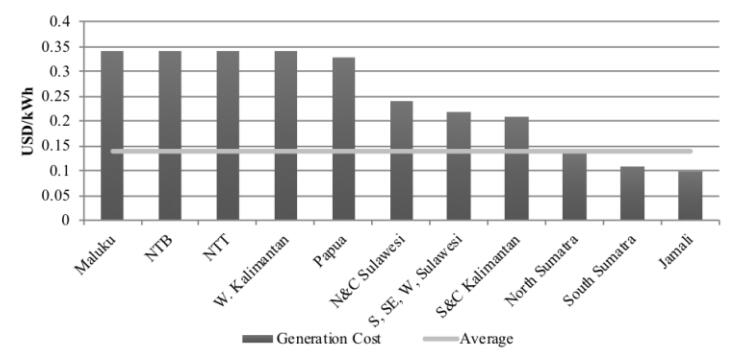
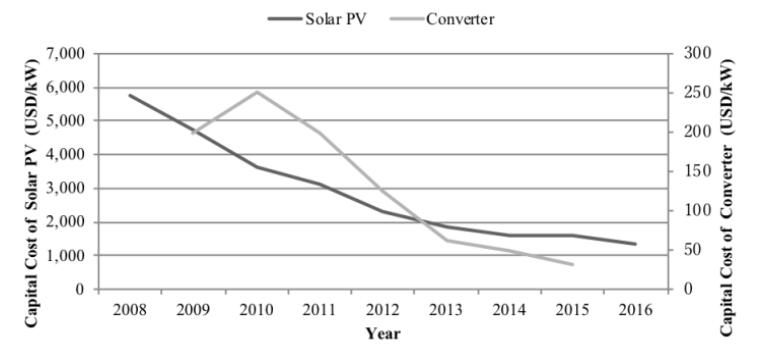
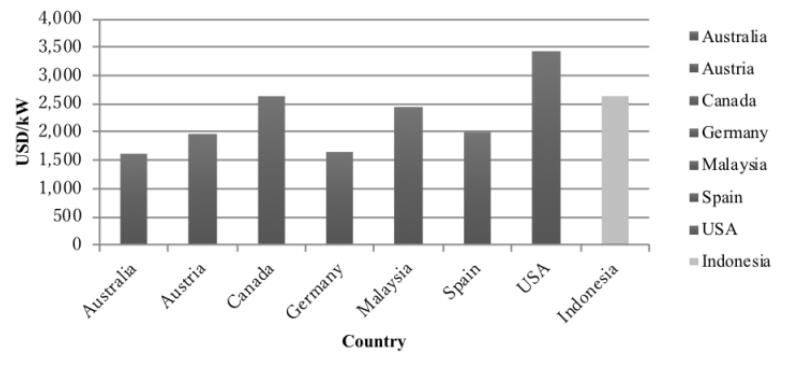
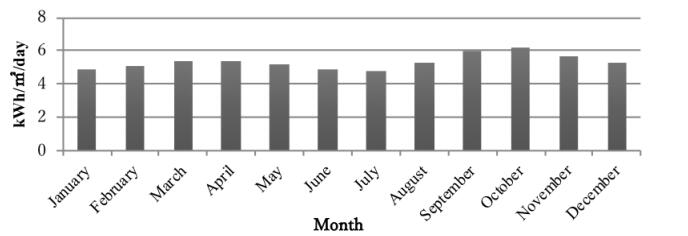

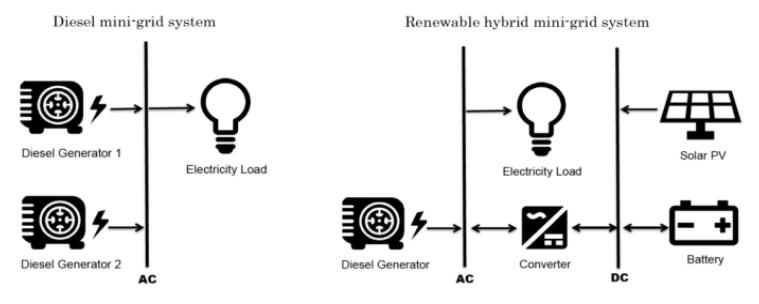
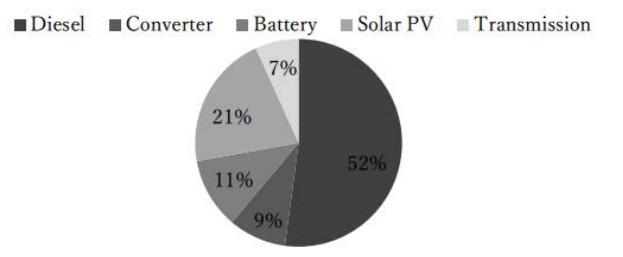
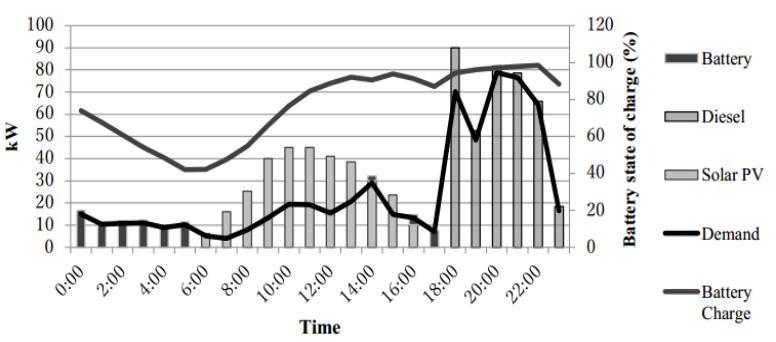
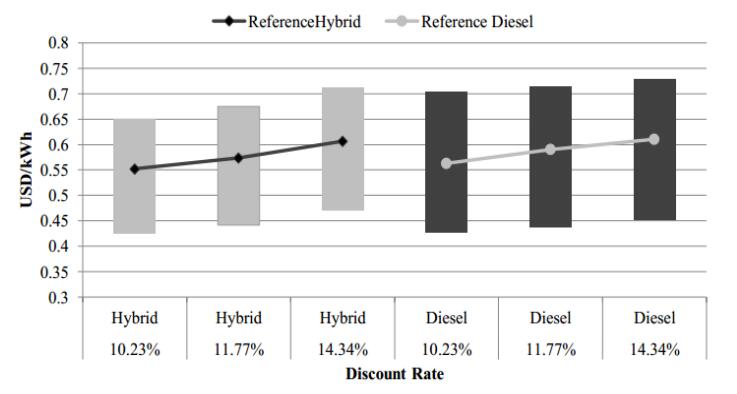
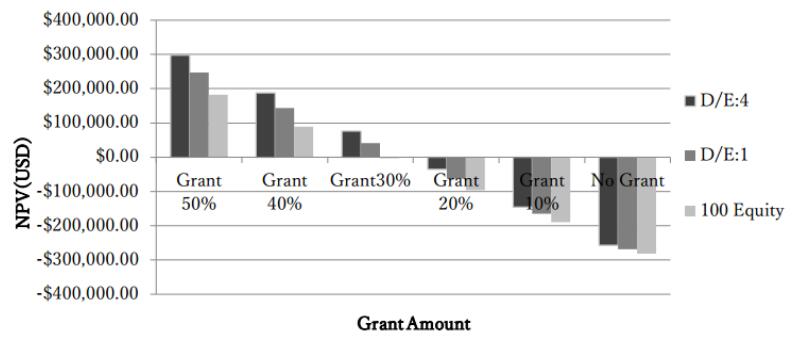
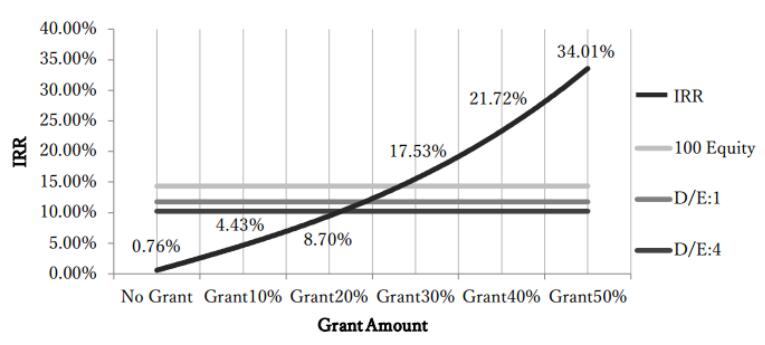


 DownLoad:
DownLoad: